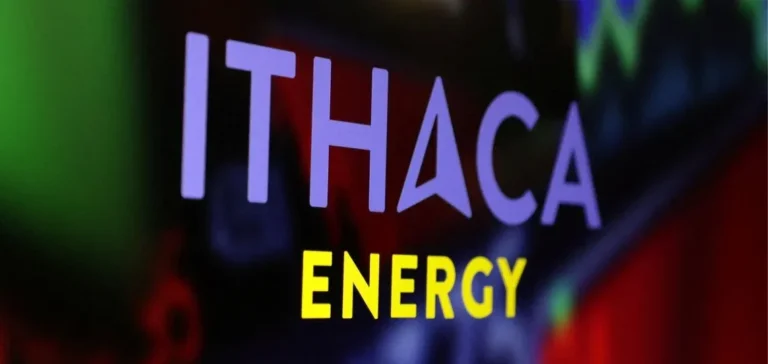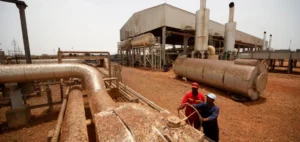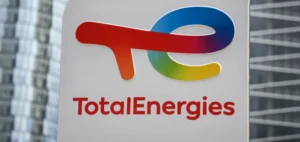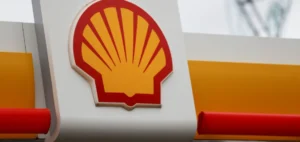In the first half of 2025, Ithaca Energy significantly improved its operational and financial performance, consolidating its position among major producers on the United Kingdom Continental Shelf (UKCS). Average production reached 123,566 barrels of oil equivalent per day, compared with 53,046 a year earlier. This increase was supported by a disciplined investment strategy, both organic and inorganic, and the ongoing optimization of key portfolio assets.
Adjusted earnings before interest, taxes, depreciation, amortization, and exploration (EBITDAX) amounted to $1.117 billion, more than double the $533 million recorded in the first half of 2024. This improvement also resulted in lower unit costs, with operating expenses per barrel at $17.5 versus $27.3 in the same period last year. The strength of these results allowed the declaration of an interim dividend of $167 million, with a second payment of $133 million anticipated by December 2025.
Targeted investments and controlled organic growth
The company continued its efforts to improve the reliability and efficiency of its facilities. Drilling campaigns were carried out at the Captain, Cygnus, and Seagull fields. At Captain, two wells (C73 and C74) were brought on stream, and a stimulation program is underway on Enhanced Oil Recovery (EOR) wells. In the J Area, investments focused on high-return opportunities, including the development of the Judy East Flank sector and interventions on the Joanne well.
Optimization also included scheduled shutdowns and the arrival of the Safe Caledonia flotel to accelerate maintenance work at Captain. These operations enabled production efficiency above 80%, surpassing the 2024 UK basin average of 75%.
Progress on strategic projects west of Shetland
The Rosebank and Cambo projects achieved important regulatory milestones. Rosebank is progressing toward key milestones with additional spending planned by the end of 2025 for modifications to the Floating Production Storage and Offloading (FPSO) vessel. Subsea work is advancing in parallel, with drilling scheduled to begin in Q1 2026. At Cambo, the license was extended by 18 months to September 2027, while a technical refresh of the project was completed in partnership with Eni, in preparation for a Final Investment Decision (FID).
Meanwhile, development concepts for the Fotla and Tornado fields received approval from the North Sea Transition Authority (NSTA), strengthening prospects for organic growth. The next regulatory step will be the submission of environmental impact studies for these projects.
Expansion through acquisitions and portfolio strengthening
Ithaca Energy reinforced its consolidation strategy on the UKCS with two major acquisitions: Japex UK E&P (JUK), completed in July 2025, and an additional 46.25% interest in the Cygnus gas field, expected to close in October 2025. These operations bring an additional estimated 16.5–18 kboe/d of production in 2025, while adding 44 million barrels of oil equivalent in 2P/2C reserves and resources to the portfolio.
The acquisitions were completed at attractive valuations — around $10 per barrel for JUK (excluding tax benefits) and less than $7 for Cygnus. Cygnus, a high-margin, low-emission gas field, strengthens Ithaca Energy’s position as a key gas producer for UK energy security.
Strengthened financial structure and 2025 outlook
The company maintains a solid financial structure with adjusted net debt reduced to $671.4 million as of June 30, 2025, compared with $884.9 million six months earlier. Its liquidity position now exceeds $1.2 billion, supported by an additional credit facility that could bring total financing capacity close to $2 billion. The pro forma leverage ratio stands at only 0.32x.
Half-year results, however, were impacted by a non-recurring deferred tax charge of $327.6 million, linked to the extension of the EPL surtax to March 2030, resulting in a net loss of $217.5 million despite a pre-tax profit of $513.4 million. Adjusted net income remained positive at $128.7 million.
Annual guidance has been revised upwards: the production target range for the full year is now 119–125 kboe/d, compared with 109–119 kboe/d previously. Net operating expenses are revised downward to between $790 million and $840 million, while net producing asset investment is adjusted to a range of $630 million to $670 million.






















